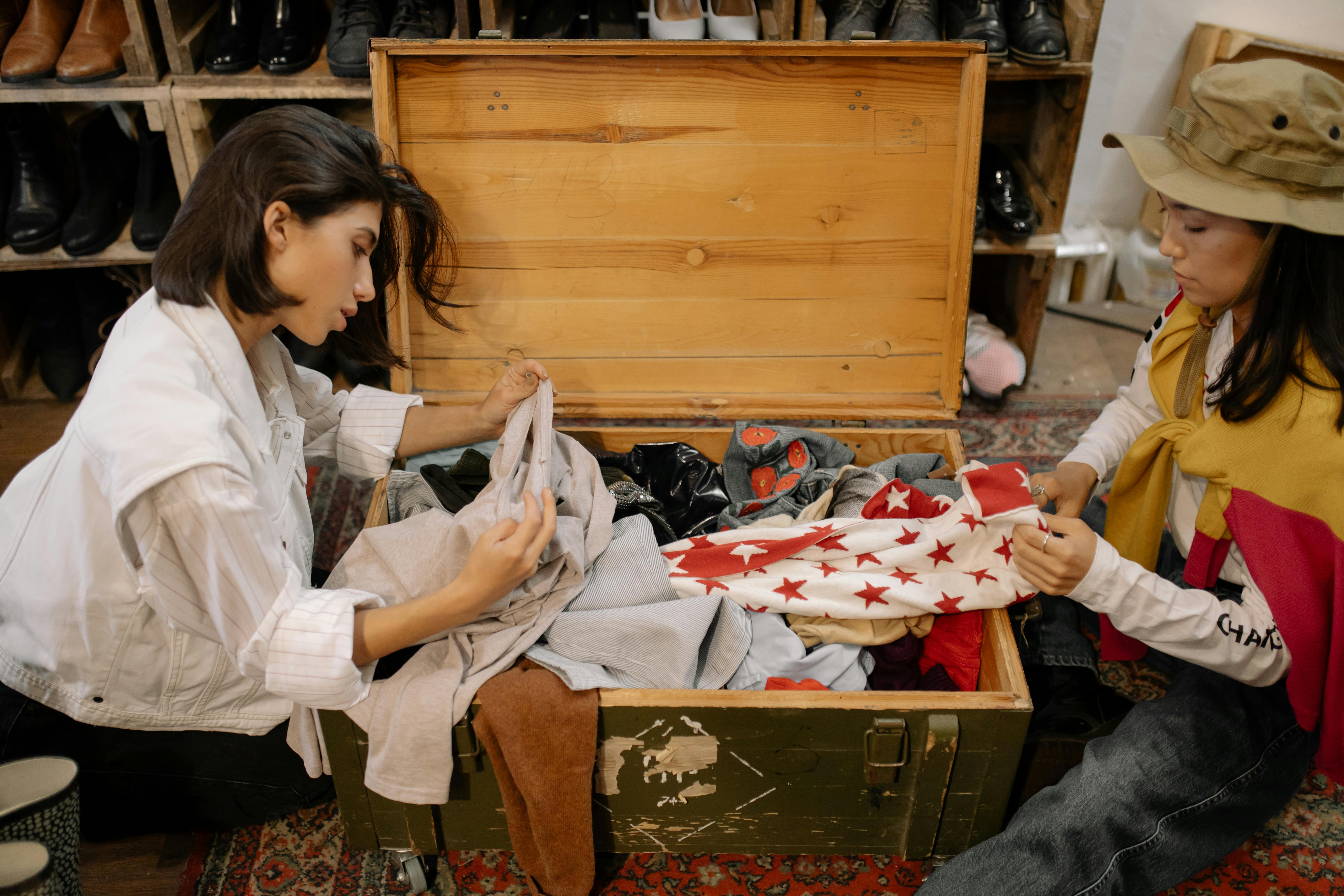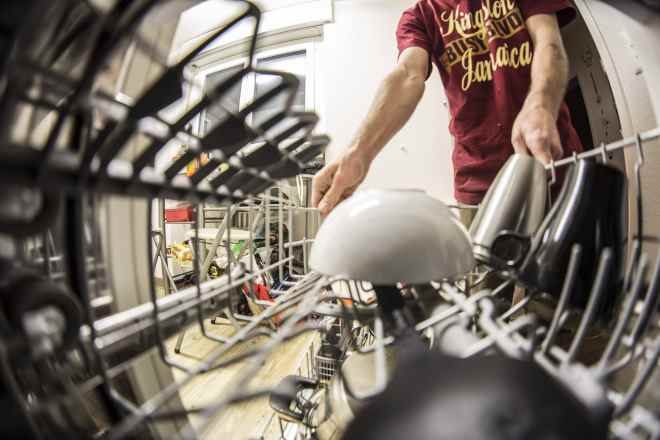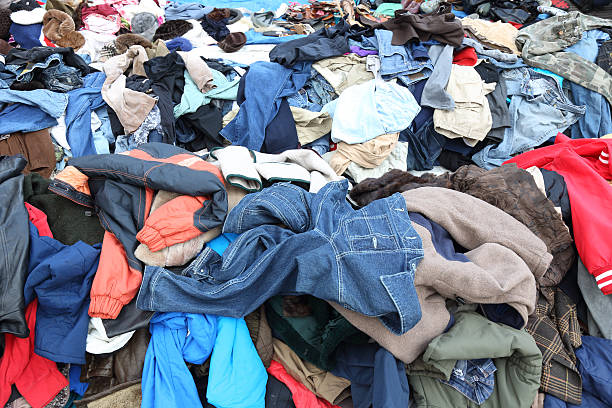The 2025 Guide to Finding the Best Vintage Stores — Online and Nearby
Vintage fashion is all about discovering pieces with character — from retro jackets and timeless denim to unique accessories that tell a story.Whether you prefer browsing online marketplaces or hunting for treasures in local vintage shops, knowing what to look for is key.This guide will help you confidently explore both digital and real-world vintage stores, making your shopping experience authentic, safe, and enjoyable.

The world of vintage shopping offers endless possibilities for those seeking unique fashion, furniture, and collectibles. As we move through 2025, the vintage market continues to expand across online platforms and physical storefronts, creating opportunities for both seasoned collectors and curious newcomers. Understanding how to navigate this diverse landscape ensures you find quality pieces while avoiding common pitfalls.
Spotting True Vintage vs. Reproductions in Online and Physical Stores
Authenticity remains the cornerstone of valuable vintage shopping. True vintage items typically date back at least 20 years, with many collectors seeking pieces from specific decades like the 1950s through 1990s. When examining clothing, check for union labels, fabric content tags that use older terminology, and construction methods like metal zippers or hand-stitched hems that indicate genuine age. Reproductions often use modern materials and manufacturing techniques that create a vintage aesthetic without the historical authenticity. In physical stores, you can inspect items closely, feeling fabric weight and examining stitching patterns. Online, request detailed photographs of labels, closures, and any wear patterns that authenticate age. Sellers with expertise will provide provenance information and detailed condition reports that help verify authenticity.
Checking Store Reputation and Customer Feedback Across All Platforms
Reputation serves as your primary safeguard when shopping vintage. For online platforms, review seller ratings, read customer feedback carefully, and note how vendors respond to complaints or questions. Established sellers often maintain social media presence showcasing their inventory and expertise. Physical vintage stores build reputation through community presence, consistent inventory quality, and knowledgeable staff. Ask local fashion enthusiasts or join vintage collecting groups on social media to discover recommended shops. When evaluating feedback, look for patterns rather than isolated incidents. Consistent praise for accurate descriptions, fair pricing, and item condition indicates reliability. Red flags include vague product descriptions, reluctance to provide additional photos, or numerous complaints about misrepresented items.
Comparing Prices, Shipping, and Hidden Costs for Online and Local Shopping
Pricing in the vintage market varies significantly based on item rarity, condition, brand, and seller location. Online platforms often provide broader price ranges, allowing comparison across multiple vendors. However, shipping costs can substantially increase total expenses, particularly for furniture or fragile items requiring special packaging. Local shops eliminate shipping but may have higher base prices due to overhead costs. When budgeting for vintage purchases, factor in potential restoration or cleaning expenses. A garment requiring professional cleaning or minor repairs affects true cost. Online purchases may incur return shipping fees if items don’t meet expectations, while local shops sometimes offer limited or no return policies.
| Item Category | Online Platform Price Range | Local Shop Price Range | Additional Costs to Consider |
|---|---|---|---|
| Vintage Denim Jacket | $40 - $150 | $50 - $200 | Shipping $10-25, cleaning $15-30 |
| Mid-Century Chair | $100 - $800 | $150 - $900 | Shipping $50-150, reupholstering $200-500 |
| Designer Handbag | $200 - $2000 | $250 - $2500 | Authentication service $25-100 |
| Band T-Shirt | $25 - $300 | $30 - $350 | Shipping $8-15, framing $50-150 |
Prices, rates, or cost estimates mentioned in this article are based on the latest available information but may change over time. Independent research is advised before making financial decisions.
Understanding Sustainability and Upcycled Fashion in Vintage Shopping
Vintage shopping inherently supports sustainable fashion by extending garment lifecycles and reducing demand for new production. The fashion industry contributes significantly to environmental degradation through water usage, chemical treatments, and textile waste. Choosing vintage diverts items from landfills while avoiding the carbon footprint of new manufacturing. Many vintage sellers now specialize in upcycled fashion, transforming existing pieces into contemporary designs through alterations, embellishments, or reconstruction. This creative approach combines sustainability with modern aesthetics. When shopping vintage, consider the longevity of pieces you purchase. Quality vintage items often feature superior construction compared to fast fashion, meaning they’ll serve you longer. Some shops partner with local artisans who repair or modify vintage finds, creating a circular economy that benefits communities and the environment.
Finding Safe Platforms and Local Shops to Start Your Vintage Hunt
Beginning your vintage journey requires identifying trustworthy sources. Established online marketplaces like Etsy, Depop, and specialized vintage platforms offer buyer protection policies and seller verification. These sites typically include review systems and dispute resolution processes. For local shopping, start with shops that have been operating for several years and maintain active community engagement. Estate sales, flea markets, and antique malls provide additional hunting grounds but require more discernment since individual sellers may lack established reputations. Join local vintage enthusiast groups or attend vintage fashion shows to network with knowledgeable collectors who can recommend reliable sources. Many cities host vintage markets or pop-up events where multiple vendors gather, allowing you to compare quality and prices while building relationships with sellers. Document your purchases with photographs and receipts, particularly for higher-value items, creating records for insurance or resale purposes.
Making the Most of Your Vintage Shopping Experience
Successful vintage shopping combines research, patience, and willingness to explore diverse sources. Develop knowledge about eras, designers, and items that interest you most. Understanding historical fashion trends, furniture styles, or collectible categories helps you recognize valuable finds and avoid overpaying for common items. Set realistic budgets that account for total costs including potential restoration. Visit shops regularly, as inventory constantly changes, and build relationships with sellers who may alert you to incoming pieces matching your interests. Online, save searches and set alerts for specific items or keywords. Remember that vintage shopping rewards persistence—the perfect piece may require months of searching, but the discovery makes the hunt worthwhile.




